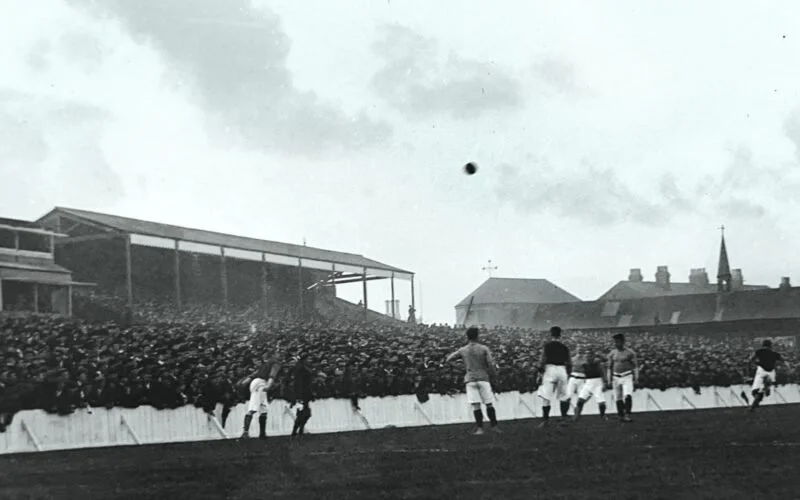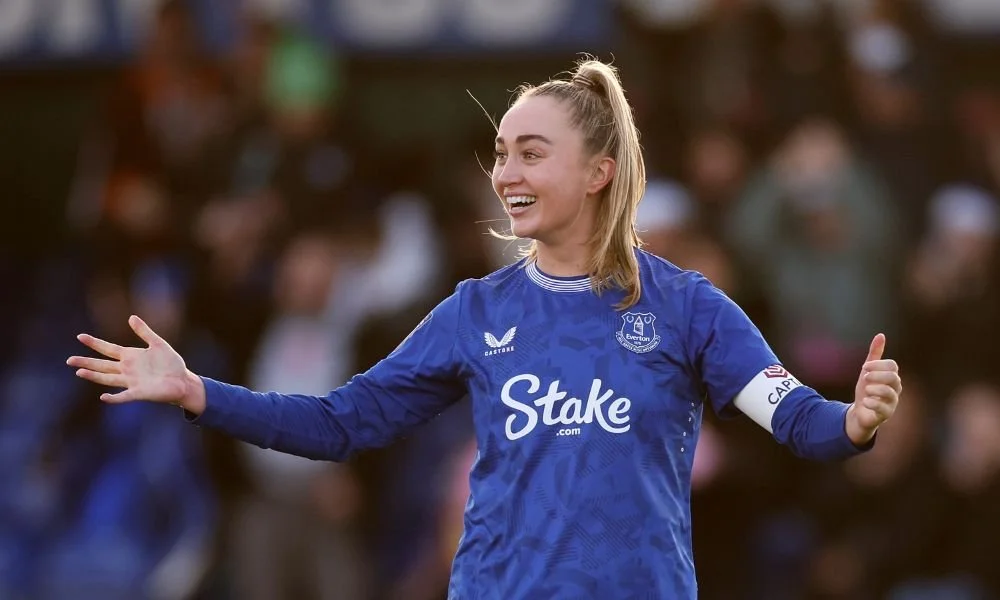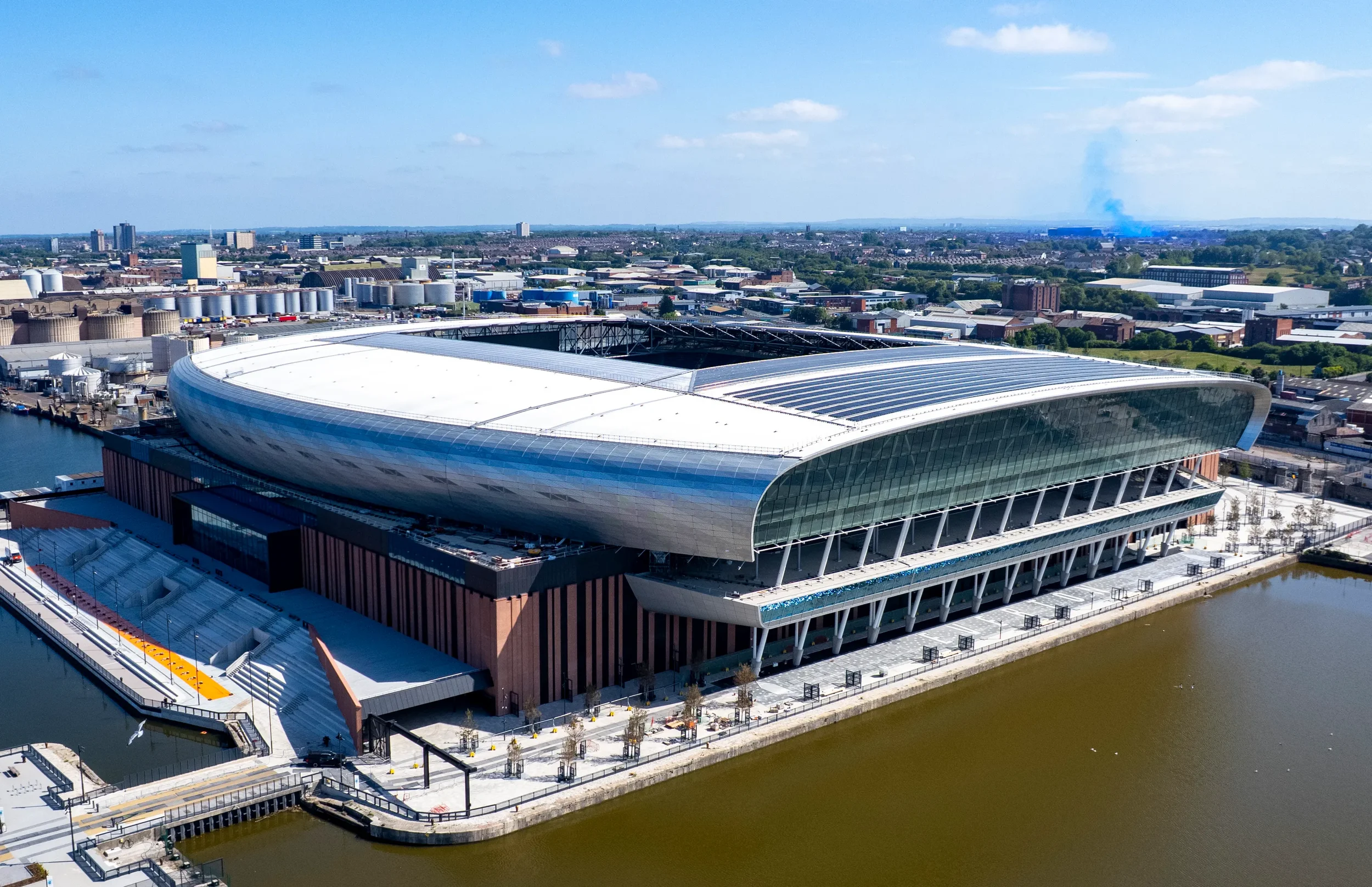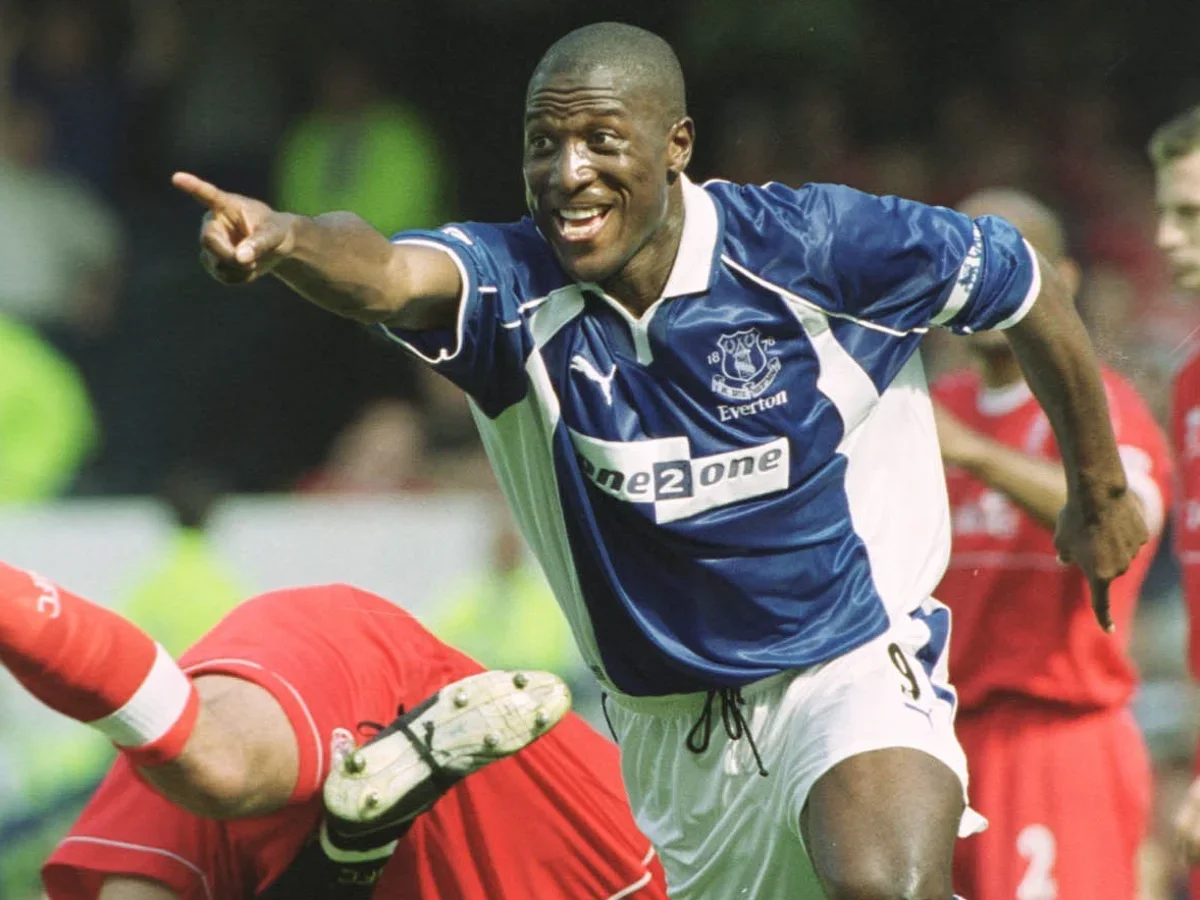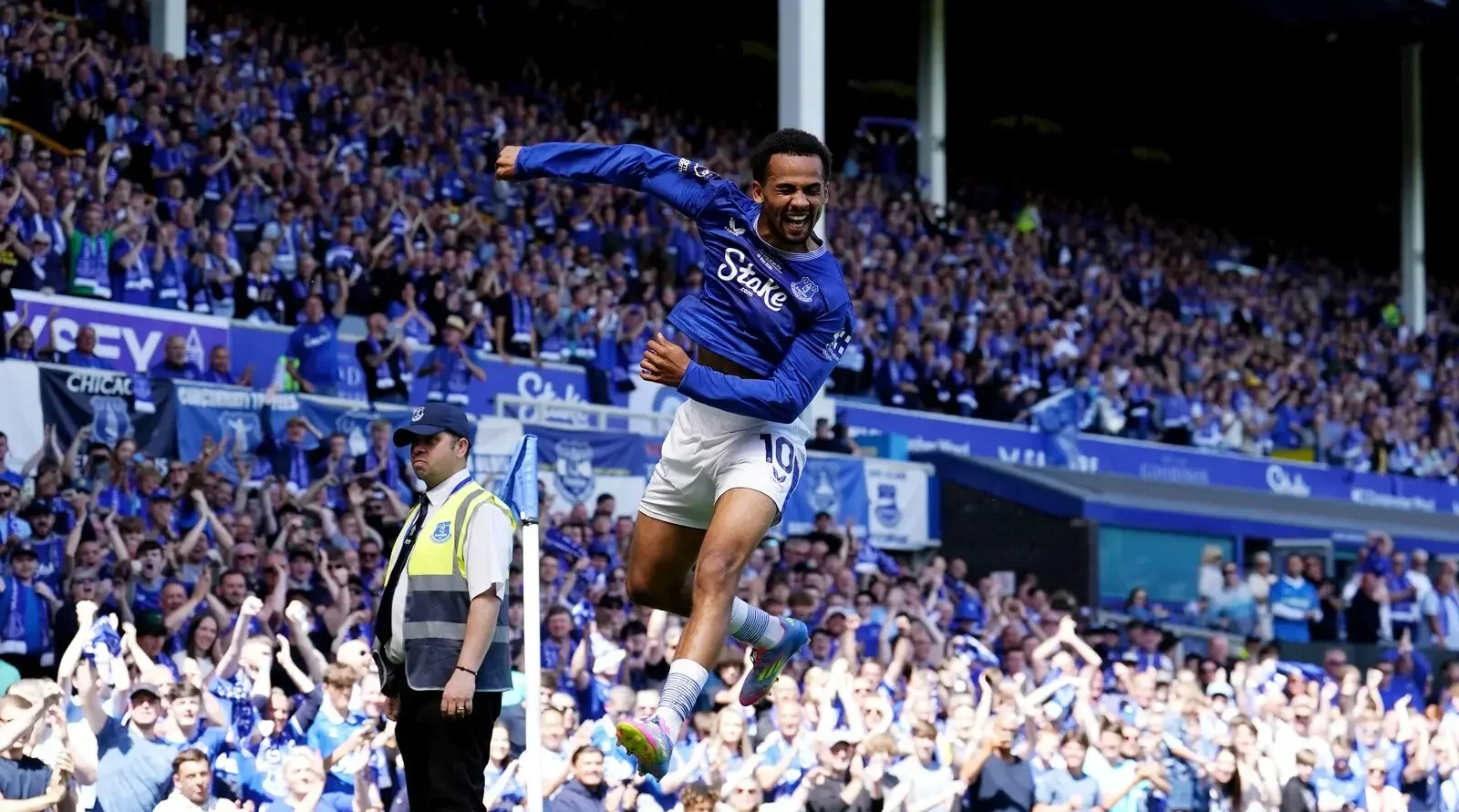
Goodison Park: The Grand Old Lady.
A New Documentary Written & Presented by Matthew Walker
The Story of Goodison Park:
A New Documentary Celebrating Everton Football Club’s Historic Home.
In this powerful and evocative documentary, presenter Matthew Walker explores the remarkable legacy of Goodison Park, the historic home of Everton Football Club for over 130 years. From its origins in 1892 to its final whistle in 2025, Goodison Park: The End of an Era tells the emotional, cultural and sporting story of one of football’s most iconic stadiums.
Filmed on location and steeped in the rich history of Merseyside, this film charts Everton’s journey from a church football team in 1878 to a club with global recognition. Featuring compelling narrative, historic moments, and personal reflections, the documentary is a tribute to the stadium affectionately known as “The Grand Old Lady.”
About Presenter, Matthew Walker
Matthew Walker is a highly experienced TV presenter, documentary host, and live event compère, known for his natural warmth, compelling storytelling, and ability to bring history to life on screen. With over a decade of experience in television, live events and corporate broadcasting, Matthew’s presenting style blends professionalism with authenticity — making complex stories accessible and engaging for every audience.
His on-screen work includes hosting televised award shows, factual programming, interviews and brand campaigns, and he is particularly respected for his calm authority, deep research, and ability to connect with real people on camera. Outside of presenting, Matthew also runs a successful property business, giving him a unique understanding of storytelling in the built environment — a perfect match for this documentary’s focus on heritage and transformation.
To view more of Matthew’s work, visit www.matthewwalker.tv
A History of Goodison Park
Goodison Park opened its gates in 1892 and immediately made history. Following a rent dispute at Anfield—then Everton’s home—club officials took the bold step of building a purpose-built football stadium. At a time when most teams played on public fields or modest enclosures, Everton’s decision signaled ambition and forward-thinking.
The result was Goodison Park: the first major football stadium in England constructed specifically for the sport. It included stands on all four sides, turnstiles to manage crowds, and eventually innovations like under-soil heating and covered seating—decades ahead of its time.
Over the following decades, Goodison Park became synonymous with the rise of English football. It hosted league title celebrations, FA Cup glories, and moments of individual brilliance. In 1927–28, Dixie Dean’s remarkable 60-goal season captivated the nation. In the 1960s, the ground echoed with the magic of Ball, Harvey and Kendall—the "Holy Trinity" that defined an era. And in the 1980s, Howard Kendall’s Everton team delivered trophies and unforgettable nights under the floodlights.
Goodison was more than a home ground. It was a venue for FA Cup finals (before Wembley became the standard), international fixtures, and even wartime morale. With its Archibald Leitch-designed latticework and tight terraces, it felt less like a stadium and more like a community amphitheatre. For decades, children passed down tickets like heirlooms and generations of fans came to know the same seats, same chants, same rituals.
Even in its quieter years, Goodison held significance. It stood during tragedy—such as the loss of Dixie Dean in 1980, who passed away at the ground during a Merseyside Derby—and solidarity, especially following the Hillsborough disaster in 1989. In those moments, it became a place of silence and remembrance.
Today, it remains one of the last traditional football grounds in the top flight, rich in character, memory, and identity.
What Will Happen to Goodison Park?
Following the move, Goodison Park will undergo a major transformation. While no longer the home of Everton’s men’s team, the stadium and surrounding area are set to become a legacy community asset — with plans for affordable housing, health services, and education facilities.
In the interim period, Everton Women’s team may continue to use the stadium for selected matches and events, helping keep the spirit of Goodison alive for future generations. The redevelopment aims to preserve the history and cultural memory of the ground, while also meeting the evolving needs of the Liverpool community.
The Move to Bramley Moore – Everton’s New Stadium
In 2025, Everton FC’s men’s team will bid farewell to Goodison Park and move to their new state-of-the-art home: The Hill Dickinson Stadium at Bramley Moore Dock.
Located on the banks of the River Mersey, the new stadium represents a bold step into the future. Designed to accommodate over 52,000 fans, it features modern architecture while preserving Everton’s deep-rooted connection to the local community. The club’s core values of heritage, ambition, and inclusivity are reflected throughout its design and infrastructure.
Watch the Documentary
The full film, Goodison Park: The Grand Old Lady, is now available to watch on YouTube.
Watch here:
https://www.youtube.com/watch?v=d_VBvOoYahw&t=44s
Viewers are encouraged to like the video, leave a comment sharing their memories of Goodison Park, and subscribe to Matthew Walker’s channel for future documentaries and film projects.
Hire Matthew Walker: TV Presenter | Documentary Host | Event Compère
Are you looking for an experienced, trusted, and highly professional TV presenter for your next project? Whether you're producing a documentary, factual series, corporate broadcast or live event, Matthew Walker brings energy, depth and polish to every production.
Matthew is available for:
Television presenting
Documentary narration and hosting
Voiceovers and factual programming
Brand films and corporate storytelling
Awards shows and live event compèring
To get in touch or make a booking:
📧 Email: matthew@thestandoutcompany.com
📞 Phone: 07855 876 555
📅 Book a video call: Calendly – 30 min consultation







